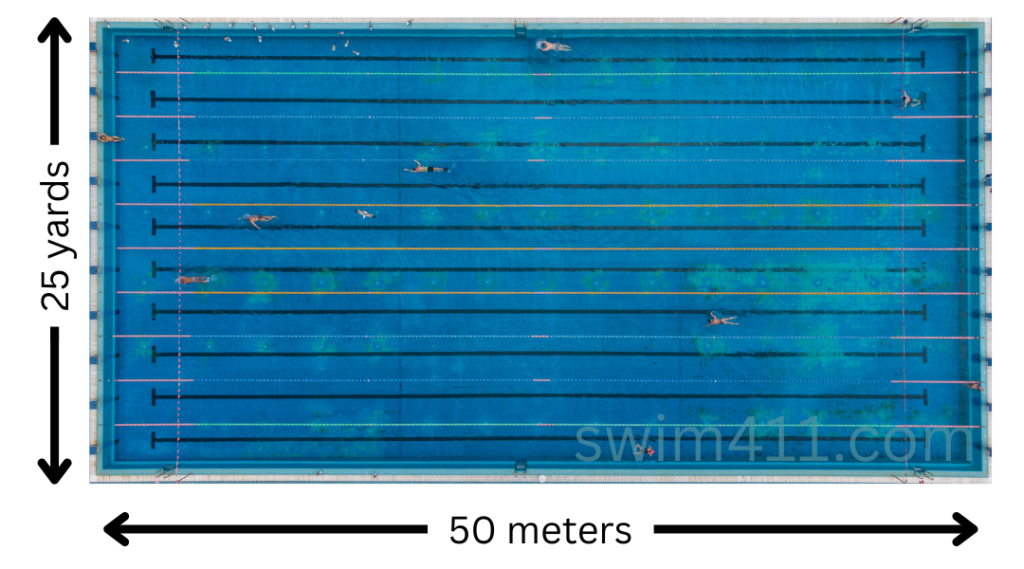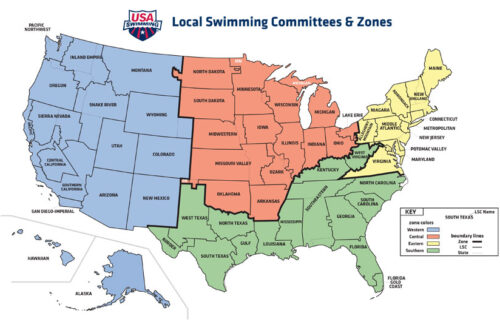If you’re new to USA Swimming, one of the first things to understand is how the swim season works. Unlike school sports that have a single season, USA Swimming has two main seasons throughout the year: Short Course and Long Course. Here’s a simple breakdown to help you understand what that means for your swimmer.
🏊♀️ Short Course Season (SCY – Short Course Yards)
- When: September to March
- Pool Size: Races are held in 25-yard pools
- What to Expect: This season is often considered the foundation of the swim year. It’s when most swimmers focus on technique, racing experience, and building endurance.
- Meets: Includes regular invitationals and ends with a championship meet in March (like State or Age Group Championships).
🌞 Long Course Season (LCM – Long Course Meters)
- When: April to August
- Pool Size: Races take place in 50-meter pools (Olympic size)
- What to Expect: This season emphasizes stamina and strength. Times from Long Course meets are often used for qualifying for higher-level competitions like Zones, Sectionals, or Nationals.
- Meets: Typically have a minimum time standard (“BB”) to enter. Go to “Age Group Motivational Time Standards” to get more information on time standards.
Did You Know? Long Course Pools Are Also Short Course Pools
Most 50-meter pools used during the Long Course season are also used for Short Course meets. These pools are equipped with movable bulkheads or lane lines that divide the pool into two 25-yard sections during Short Course season. So, while the pool may look different between seasons, it’s often the same facility—just configured differently based on the time of year.

This flexibility helps teams make the most of their local pool space and allows swimmers to train and compete year-round in familiar environments.
🌀 What If My Swimmer Doesn’t Have Long Course Times?
Don’t worry—Short Course meets still happen during Long Course season, especially in areas where access to 50-meter pools is limited or for swimmers who haven’t yet achieved qualifying times to enter Long Course meets. These meets provide continued opportunities to race, improve, and stay engaged in the sport year-round.
Year-Round Swimming, Two Distinct Phases
While many USA Swimming athletes train year-round, the two seasons help structure the competitive year. Swimmers may improve and compete in both seasons, but each has a distinct format and purpose.
Understanding these two phases helps you follow your swimmer’s progress, know when major meets occur, and plan your family’s calendar accordingly.




